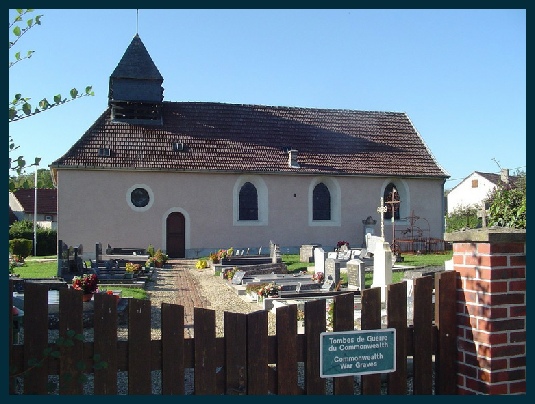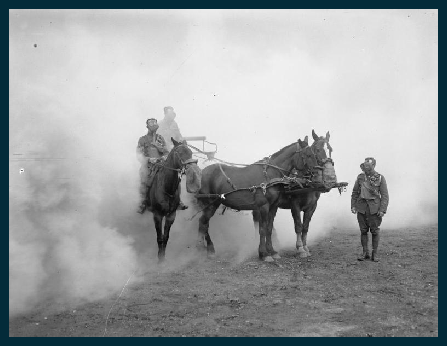Copyright © All rights reserved.



Walter Brown was born in the first quarter of 1893 and his birth was registered in Malton. He was the third son of William and Hannah Hill (nee West) Brown who were married in the Malton area in the second quarter of 1879.
In 1901 William and Hannah lived at 5 Greengate with their six children. William and his two elder sons were labourers on the railway while their two daughters were also working.
1901 census – resident at 5 Greengate, Malton
BROWN, William, Head, Married, M, 49, Railway Labourer, Malton Yorkshire,
BROWN, Hannah, Wife, Married, F, 48, , Welburn Yorkshire,
BROWN, William H, Son, Single, M, 24, Railway Labourer, Malton Yorkshire,
BROWN, Annie, Daughter, Single, F, 19, Dressmaker, Malton Yorkshire,
BROWN, Herbert, Son, Single, M, 17, Railway Labourer, Malton Yorkshire,
BROWN, Ethel, Daughter, Single, F, 14, Stationer's Shop Assistant, Malton Yorkshire,
BROWN, Walter, Son, Single, M, 8, , Malton Yorkshire,
BROWN, Harold, Son, Single, M, 6, , Malton Yorkshire,
In 1911 the family was still living at the same address, though the older two children had moved out and Walter was now an apprentice blacksmith.
1911 census – resident at 5 Greengate, Malton
BROWN, William, Head, Married, M, 58, Labourer, Yorks Malton,
BROWN, Hannah, Wife, Married 32 years, F, 58, , Yorks Malton,
BROWN, Herbert, Son, Single, M, 26, Gardener Domestic, Yorks Malton,
BROWN, Ethell, Daughter, Single, F, 24, Servant Domestic, Yorks Malton,
BROWN, Walter, Son, Single, M, 18, Blacksmith Apprentice, Yorks Malton,
BROWN, Harold, Son, Single, M, 16, Wine Merchants Errand Boy, Yorks Malton,
After the outbreak of war, Walter enlisted at Malton in the Army Service Corps as a driver. The ASC, affectionately known as “Ally Sloper's Cavalry” were the unsung heroes of the British army in the Great War. Soldiers cannot fight without food, equipment and ammunition and the vast majority of this tonnage, supplying a vast army on many fronts, was supplied from Britain. Using horsed and motor vehicles, railways and waterways, the ASC performed prodigious feats of logistics and were one of the great strengths of organisation by which the war was won. He is recorded as being in “3rd Coy. 51st Div. Train, Army Service Corps” but this presents a problem; 3rd Company was a Regular Army Horse Transport Depot based at Bradford and had no links with 51st Division Train. As one of the functions of these Depots was training it is reasonable to assume that he trained at Bradford before being assignd to 51st Division Train. Each Division of the army had a certain amount of transport under its own command, known as the Divisional Train. It was the 'workhorse' of the Division in terms of carrying stores and supplies, providing the main supply line to the transport of the brigades of infantry and artillery and other attached units. It initially comprised 26 officers and 402 other ranks of the Army Service Corps, looking after 378 horses, 17 carts, 125 wagons and 30 bicycles. These comprised a headquarters and 4 Horsed Transport Companies (one for each infantry Brigade and one for Divisional HQ and other troops). The Train moved with the Division. In all, there were 364 ASC Companies of this type.
The 51st Divisional Train served with 51st (Highland) Division. Several units were sent to France as reinforcements for the BEF between November 1914 and March 1915. The rest of the Division proceeded to France in early May 1915. The Division concentrated in the area of Lillers, Busnes and Robecq and were rushed to the defence of Ypres, being in action until the 19th of May when they moved to Estaires on the River Lys. They were in action in the The Battle of Festubert and The Second Action of Givenchy before moving south to The Somme taking over the line near Hamel. In 1916 they were in action in the Battles of the Somme, including the attacks on High Wood and The Battle of the Ancre, capturing Beaumont Hamel, taking more than 2000 prisoners. In 1917 They took part in the Arras Offensive, The Battle of Pilkem Ridge, The Battle of Menin Road Ridge and the Cambrai Operations. They remained in the Cambrai area until the 21st of March 1918, when the enemy launched an overwhelming attack and the Division were engaged in a fighting withdrawal back to Bapaume. In April they moved north and fought in The Battles of the Lys before a quiet spell at Oppy near Arras, from May to 11th July.
When a third huge enemy attack opened in the area held by the thinly-
Walter Brown

